The bills on just about any utility we have in our home can break our budget. The standard costs are usually only somewhat difficult to follow through on, but there are situations where these costs can start cutting into our wallets.
Regardless of how much of a struggle bills make for you, we’ve compiled many ways that will tell you how to reduce sewer bills.
Why is my sewer bill so high?
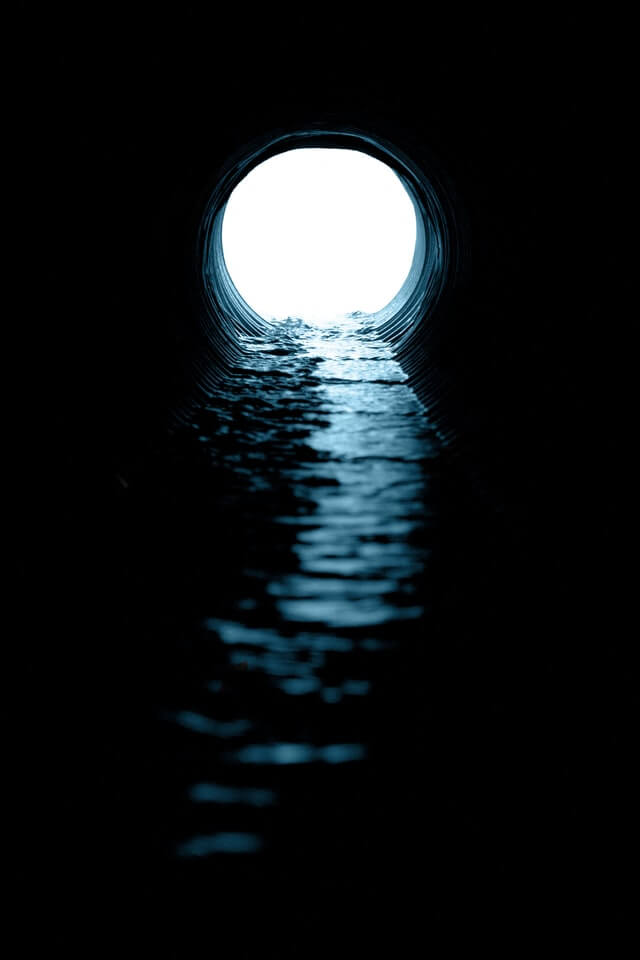
When it comes to spending, it’s usually the things that we don’t see that get us. Whether it’s due to the overall complexity of some installations or the unseen damages that increase costs, we will often be left in the dark until the actual bill comes. [1]
Due to this, our budget can heavily suffer without us even knowing it! Of course, there are always those usual suspects we can investigate first in such a situation.
The cost of transporting waste water
The waste disposal systems of a city will usually have a very elaborate set of circumstances that need to be fulfilled for it to operate correctly. Most complications stem from the fact that gravity affects a lot of the sewer system’s functionality.
Because of this, some waste disposal will involve a very complex route that allows the waste to flow from your house to the disposal areas. In addition, these routes can get even more convoluted during certain situations where your waste intersects with other installations. [2]
Overall, it’s a bigger cost for the entire sewer system to provide these services hence the higher costs.
Quality of waste treatment
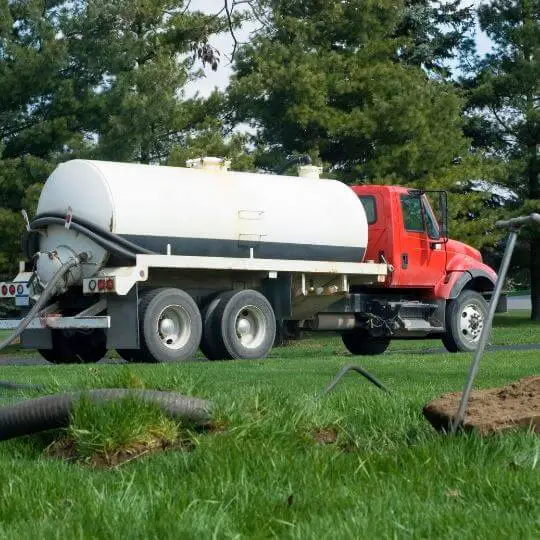
As time has passed, many systems used in our infrastructure have greatly changed. This includes the treatment of waste material in systems designed to filter and clear it.
Earlier, the process of treating wastewater was pretty simple and rough. The treatment process would remove the larger impurities while the rest of the water was slightly treated with chemicals and put into circulation.
Systems have heavily evolved since. The ability to remove smaller solids soon came into practice and filtered wastewater even better. But, of course, that wasn’t enough.
Nowadays, the process manages to filter out many small and numerous sources of organisms that are found in wastewater. This results in water that’s completely free of pollution.
This water can be even cleaner than one we receive through our water systems, but it does come at a cost. These complex systems are very expensive to run or even keep operating. Constant maintenance, employees that manage them, and power used to get them going are pricey, affecting the bills you receive.
Leaks
Regarding overall plumbing experience, we will soon find that leaks are the biggest culprit of most issues tied to our pipes and water circulation. Leaks can range from very apparent to almost invisible. Regardless of how noticeable they are, these leaks can cost us a fortune in water bills. If you are asking yourself: why would my sewer bill double? The reason for it is likely a leak.
Within an average household system, multiple sources of potential leaks can be found. Each of these can be immensely important.
Toilets are the first in line when it comes to leaks, their leaks usually resulting in the most damage to our budget.
These leaks are most frequently tied to the toilet’s flap malfunctioning. The flap is a cover within the bathroom that dictates when water can flow into the bathroom itself.
Flushing the toilet makes this flap go up and allows water to flood the toilet bowl. If it gets stuck in this position, leaks happen. As a result, the water will constantly flow from our water tank, increasing the overall amount of water we spend.
Toilet leaks may be highly costly, but they are often the easiest to notice too. Inspecting the toilet bowl will usually give us a quick answer. If the water keeps trickling down or you hear running water even when the toilet isn’t being flushed, the flap may be malfunctioning and causing a leak. The leaks can also come from the base of the toilet so inspect that too.
On the other hand, leaks within our sink or shower can be deceptively small. When you see your faucet dripping, it may seem like an inconsequential amount of water. You may not even register it as a water leak. However, even the minor cases of this type of leakage can quickly lead to a huge increase in water bill costs.
It’s fruitful to run your finger around the sinks and showers to check for leaks. These inspections will usually leave our fingers wet if water leakage occurs on the item. Otherwise, it should come up dry. If leaks happen, taping the connections or replacing the entire item is usually the best way to go about it. [4]
Pipe leaks
Our pipes are the least noticeable yet no less problematic source of water leakage. Depending on the material and maintenance of the pipe, it’s possible to end up with leaks that aren’t visible without direct interaction with the pipe yet yield a high increase in our water bills.
The leaks that stem directly from pipes are also diverse in their severity. However, any amount of leakage is going to be an instant spike in water bills that we cannot ignore.
Because these types of leaks are more difficult to discern, we recommend informing yourself of various methods to uncover them. In some cases, these will require intervention from professionals but the cost of their work is a single payment, while leaks are a constant drain on our budget.
How is sewer bill calculated?
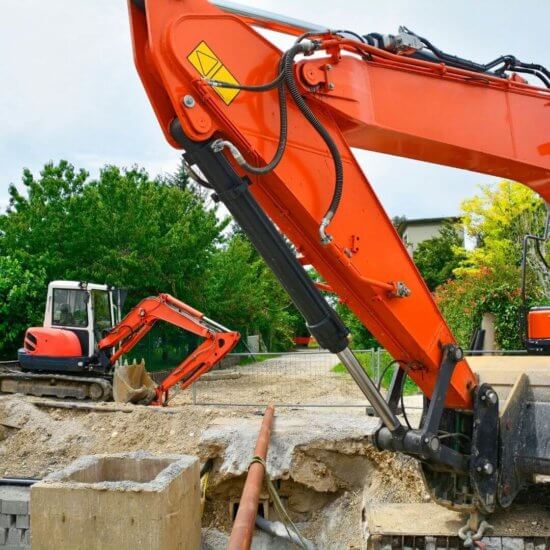
There are a few factors impacting the overall cost of the sewer bill. Taking care of the way they escalate is the best way to predict how much we’ll have to pay. [5]
Sewer rates
The first thing to discern is how much the rate of the sewer bill is. These rates change depending on your area and can change over time. As time passes, we should check and update our knowledge of sewer bill rates. That way, we will keep our calculations accurate whenever we get down to discerning them.
Take consumption into account
The most impactful part of a sewer bill will be our consumption. Of course, every residence can check their consumption, but those living in a single-family house will have the easiest time discerning it.
Without extra water expenses, such as irrigation, your sewer bill will be 95% of the overall water consumption.
Understand the minimum bill
There is an extra factor to be taken care of. Each area includes a specific amount of spent water that will end up comprising our minimum bill. Without learning what the minimum bill is, we won’t be able to calculate our sewer bill’s total cost fully.
As you’d assume, water usage will frequently surpass this minimum bill. In situations where the expenditure of water results in sewer bills going above the minimum, extra calculations need to be taken care of. That’s why we have to include a volume charge above the minimum bill into the formula.
Volume charge should be included too
The use of extra water above the minimum bill needs to be calculated by working out the volume charge. You should find the unit rate for the sake of discerning the price of this charge. Then, simply multiply the volume charge with the rate and you’ll get the cost.
Once you’ve gathered all the information, it’s finally time to put it all together. With the information in place, we are left with the minimum bill and the actual cost of excess water spent. To get the total amount you owe, add together the minimum bill and volume charge cost together. That will give you the total sum we’ll have to pay to cover our sewer bill.
Difference between water and sewer charges
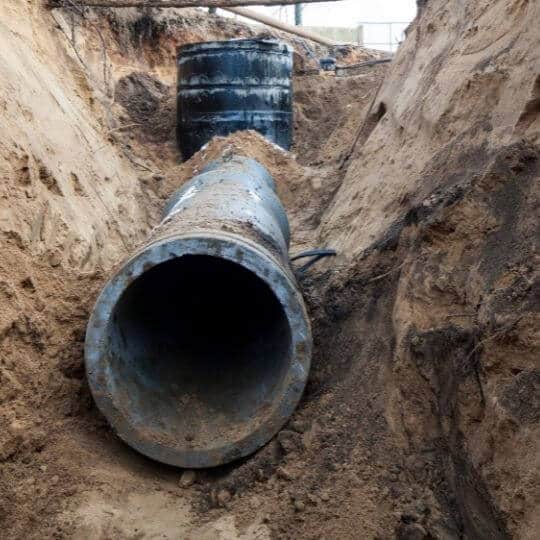
While the sewer bill can be gauged based on our water use, it’s not directly proportional to it. Some influences are unique to the sewer charges that we should take into account. We’ve already mentioned some but going through some factors again is worthwhile.
Water charges
Every water bill includes the amount of water spent within a household. This is a cumulative expense tied to water on the property. These expenses usually include not just the cost of water but the maintenance of the municipal systems dedicated to supplying your home with it.
The water bill escalates with any type of water usage. Expenses such as watering plants may not tie into the sewer system due to water being absorbed by soil and circulating through natural processes. However, it still applies in terms of water expenses.
If you have an established irrigation system, the discrepancy present between the standard water bill and your own will be apparent. This is because regular bills will follow the rules mentioned above where a big amount of the charges refer to sewer usage, while those bills that include irrigation may have a higher amount of water spent but a smaller portion of it going towards sewer bills. [6]
Sewer charges
Your sewer bill will take up a big chunk of the water bill. This is due to the sheer amount of water used in the processes related to the sewer system. The charges for the sewer will be specified on the bill, with calculations taking into account the cost of treating water in your area.
Of course, these are highly variable numbers. Even when looking at the standard rates for utilities, we can be surprised by a sudden change in our expenses. That’s because these rates are susceptible to change. A variety of factors that affect the whole area may come into play which is why it pays to keep an eye out for changes in your sewer charge rates.
While some of these rates cannot be affected, our water-using habits can. As a result, a wide amount of changes can be made to our average household behavior to ensure lower prices.
How to lower sewer bill in apartment?
Living in an apartment, you could find yourself with fewer ways of reducing sewer bills. After all, the usual options of expanding the sewer system or making it less pricey aren’t possible due to installations affecting the entire building. However, that doesn’t mean you can’t do anything to change the overall bill. Let’s take a peek at the available options.
- Shorter showers
Taking shorter showers will cut down costs consistently. The shower can be fast and still hygienic so learn how to maximize the use of water.
- Inspect for leaks
Leaks can heavily impact our bills, and in the case of apartments, they become no less impactful. Make sure to resolve them as soon as possible!
- Reduce pressure in showers and faucets
Lower pressure means less rush of water whenever the faucet or shower is turned on. That way, we aren’t wasting a ton of money on water that just flows away. In some cases, the flow of water may be low due to installation issues. These types of changes in pressure should instead be fixed.
How to reduce sewer bill?
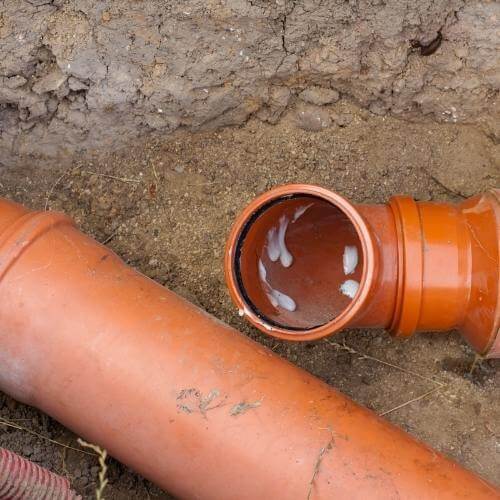
In some cases, reducing the water bill may include conducting inspections of your sewer system. Whether you live in an apartment or a house, potential issues with the sewer system can cause a ton of extra costs. [7]
What is normal sewer bill?
As mentioned before, the average cost of utilities varies by state. So let’s check some disparities in the monthly sewer bills across the states.
| State | Average sewer bill |
| Texas | $85 |
| California | $56 |
| Nevada | $18 |
| Philadelphia | $59 |
| New York | $70 |
| Massachusetts | $42 |
Conclusion
The cost of utilities can put a real dent in our overall budget. This goes double for something as ubiquitous as water. Basic hygiene requires it as well as anything we wish to engage in throughout the day. Cleaning, watering plants, or just plain drinking water is bound to incur costs. More so than that, it also increases the cost of our sewer bill.
The sewer bill can be reduced. But to understand how to reduce it, we also need to know how to calculate it. Then, after that, you can figure out the factors and how to mitigate them.
Thankfully, once all of that information is taken. We can significantly reduce the cost of the whole utility. Keep this information in mind, and your overall experience with bills and utilities should be better.

Michael Davis is a heating & plumbing expert who currently works as independent contractor in SC. He also writes for Plumbertip.
For almost 10 years he worked on various plumbing tasks across South Carolina.



